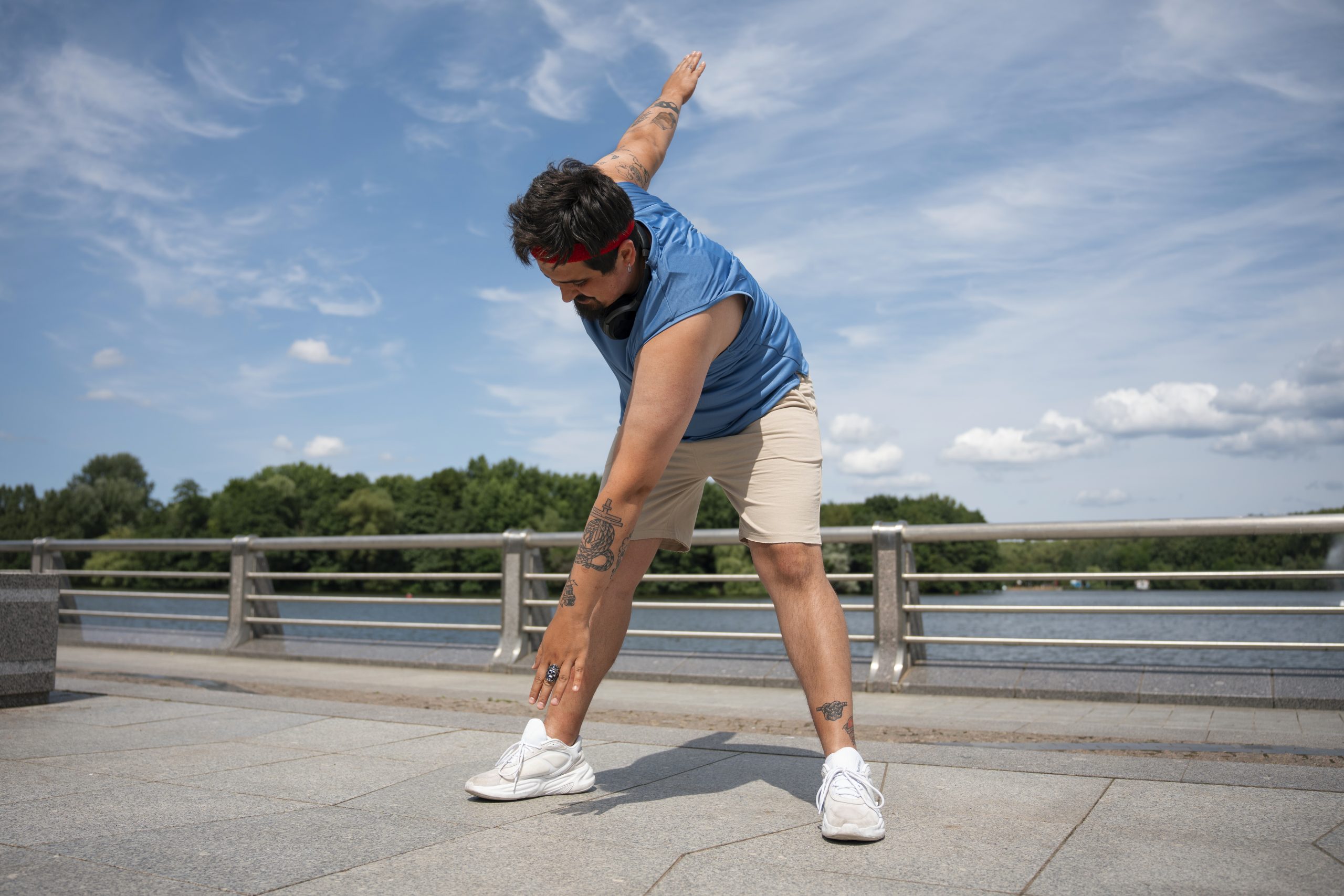ACL Injuries in Athletes: Prevention, Treatment, and Recovery Insights
ACL injuries are among the most dreaded setbacks for athletes, particularly those who play sports that involve cutting, jumping, and quick directional changes—like basketball, soccer, football, and skiing. A torn ACL isn’t just painful; it can take months to recover from and, in many cases, require surgery.
Whether you’re an athlete trying to stay in the game or someone recovering from an ACL tear, understanding how these injuries happen—and what you can do about them—can make all the difference in prevention and recovery.
How Do ACL Injuries Happen?
The anterior cruciate ligament (ACL) is a key stabilizer in the knee, keeping the joint from shifting too much during movement. Most ACL injuries don’t come from direct contact but from awkward landings, quick pivots, or sudden stops.
Common causes include:
- Pivoting or cutting too sharply – is common in sports like soccer and basketball.
- Landing incorrectly from a jump – especially when the knee collapses inward.
- Stopping suddenly while running – putting excessive strain on the ligament.
- Direct impact to the knee – from collisions or falls.
An ACL tear is often accompanied by a loud pop, immediate swelling, instability, and difficulty bearing weight. If that happens, it’s time to stop playing and seek medical attention.
How Can You Prevent an ACL Injury?
While not all ACL injuries are avoidable, athletes can take steps to reduce their risk. The best approach combines strength training, flexibility work, and proper movement mechanics.
1. Strengthen the Right Muscles
Strong hamstrings, glutes, and core muscles help take pressure off the ACL. Athletes should focus on:
- Hamstring and quadriceps balance – Weak hamstrings relative to the quads increase strain on the ACL.
- Glute activation exercises – Strong glutes help keep the knees stable during movement.
- Core stability work – A solid core improves overall body control and balance.
2. Improve Landing and Cutting Mechanics
Many ACL injuries happen because athletes don’t land or pivot properly. Training programs should emphasize:
- Soft landings – Landing with bent knees and distributing weight evenly reduces impact.
- Avoiding knee valgus – Knees collapsing inward is a major risk factor for ACL tears.
- Controlled deceleration – Learning how to stop efficiently can prevent excessive knee stress.
3. Warm Up and Stay Flexible
Tight muscles put added strain on the joints. Dynamic warm-ups and mobility exercises help prepare the body for movement, reducing injury risk.
4. Consider Knee Bracing (When Needed)
For athletes with a history of ACL injuries, wearing a brace during high-risk activities may provide additional support. However, braces should not replace proper training and conditioning.
What Are the Treatment Options for an ACL Tear?
The severity of the tear and the athlete’s goals will determine the best course of action.
Non-Surgical Treatment
In some cases—especially for partial tears or low-demand individuals—ACL injuries can be managed without surgery. Treatment usually includes:
- Physical therapy to strengthen surrounding muscles.
- Bracing for added knee stability.
- Activity modification to avoid high-impact movements.
Surgical Reconstruction
For athletes looking to return to high-intensity sports, surgery is often the best option. The damaged ligament is replaced using a graft from the patellar tendon, hamstring, or donor ligament. Recovery is a long process, but modern surgical techniques and rehabilitation programs have improved outcomes significantly.
When Should You See an Orthopedic Surgeon?
If your knee feels unstable, locks up, or gives out after an injury, it’s time to consult an orthopedic surgeon. They can assess the extent of the damage through physical exams and imaging (such as an MRI) and help determine whether surgery or conservative treatment is the best option. For athletes hoping to return to competition, an orthopedic specialist is crucial in guiding recovery and minimizing the risk of re-injury.
The Recovery Process: What to Expect
ACL recovery takes time, and patience is key. Whether or not surgery is required, rehabilitation follows a structured approach:
- Initial Rest and Mobility Work – Reducing swelling, restoring knee movement, and reactivating muscles.
- Strength and Stability Training – Gradually rebuilding muscle support around the knee.
- Sport-Specific Drills – Preparing the body for cutting, jumping, and running again.
- Return to Play – Clearance from medical professionals based on strength, stability, and functional testing.
Athletes should expect six to nine months of rehab before returning to full competition. Rushing the process increases the risk of re-injury, so following a structured rehab plan is critical.
Final Thoughts
An ACL injury can be a tough setback, but athletes can return to their sport stronger with the right prevention strategies, treatment approach, and rehabilitation plan. Investing in proper training techniques and consulting an orthopedic surgeon when needed ensures that recovery is safe, effective, and tailored to long-term knee health.



